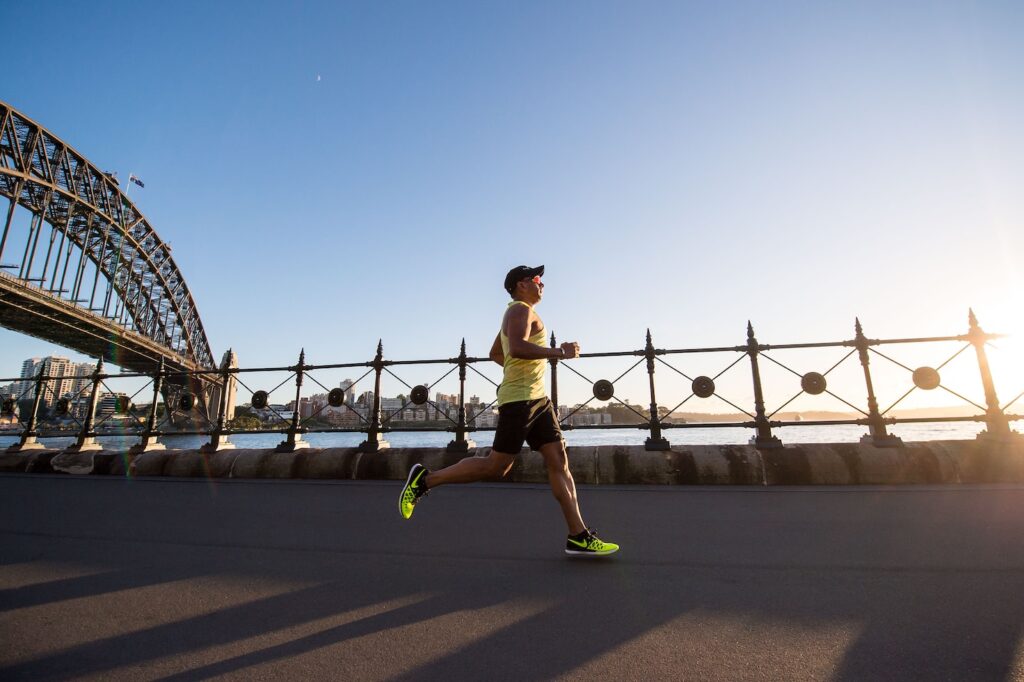Building a Strong Core: Key Strategies for Injury Prevention in Padel
3 min read
Building a Strong Core: Key Strategies for Injury Prevention in Padel
Padel is a fantastic sport that combines elements of tennis and squash, played on a smaller court with solid walls. It’s fast-paced, exciting, and requires both physical and mental agility. However, like any sport, injuries can happen if proper precautions are not taken. One key area to focus on for injury prevention in padel is core stability. In this article, we will explore why core stability is important and discuss some strategies to build a strong core for injury prevention in padel.
The Importance of Core Stability
Before we dive into the strategies, let’s understand why core stability is crucial for injury prevention in padel. The core muscles, including the abdominals, obliques, and lower back, provide a stable base of support for the body’s movements. In padel, where quick changes in direction and powerful shots are frequent, a strong core is vital to maintain balance, generate power, and reduce the risk of injuries.
Strategy 1: Planking for a Solid Foundation
An excellent exercise to strengthen your core for padel is planking. Planks engage the deep abdominal muscles, as well as the muscles in the hips, back, and shoulders. To perform a plank, start by lying face-down on the floor. Position your elbows directly under your shoulders, forearms parallel to each other. Lift your body off the ground, creating a straight line from head to heels. Hold this position for 30 seconds to a minute, focusing on engaging your core muscles throughout.
Variations: To challenge yourself and work different muscle groups, try side planks or forearm planks. Side planks target the obliques, while forearm planks engage the upper body more intensely. Remember to maintain proper form and gradually increase the duration as you get stronger.
Strategy 2: Dynamic Exercises for Power and Stability
Beyond static exercises like planking, dynamic exercises are essential for developing core stability and power. One such exercise is the Russian twist. Sit on the ground with your knees bent and heels on the floor. Lean back slightly, engaging your core. Hold a small weight or medicine ball and twist your torso from side to side, touching the weight to the ground on each side. This exercise targets the obliques, helping to improve rotational power and stability.
Variations: To add an extra challenge, elevate your feet off the ground or perform the Russian twist on a stability ball. Additionally, exercises like medicine ball throws, wood chops, and cable rotations can further enhance your core stability for padel.
Strategy 3: Incorporating Balance and Coordination Drills
Balance and coordination are key components of padel, and incorporating exercises that challenge these skills can indirectly improve core stability. Exercises like single-leg balance, yoga poses such as the tree pose, and agility ladder drills can help enhance your proprioception and overall body control. These drills work in conjunction with a strong core to keep you steady and avoid unnecessary strain on other muscles.
Conclusion:
Building a strong core is an essential strategy for injury prevention in padel. By focusing on core stability exercises, such as planking, Russian twists, and balance drills, you can significantly reduce the risk of injuries while improving your performance on the court. Remember to progressively increase the intensity and duration of these exercises, and always listen to your body’s limits. Stay safe, have fun, and enjoy the exhilarating sport of padel!






